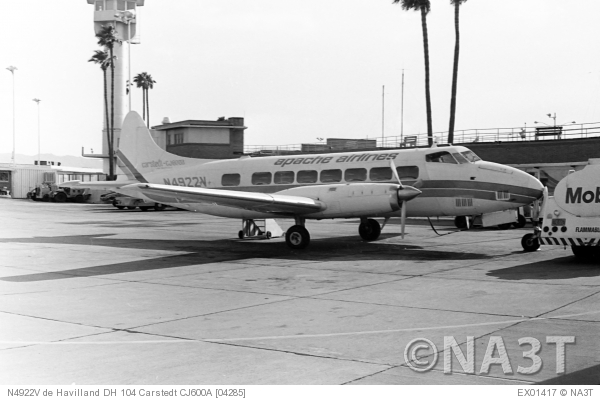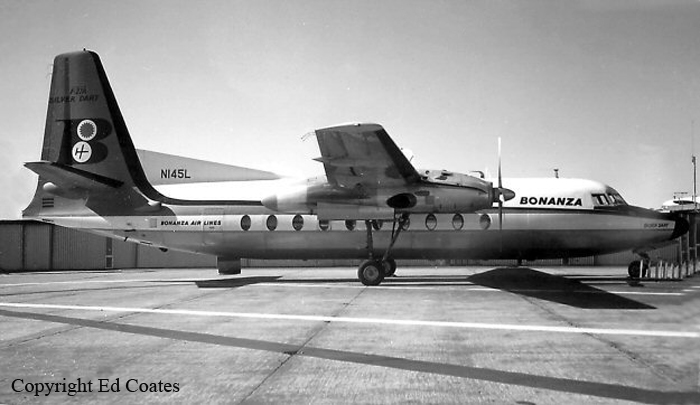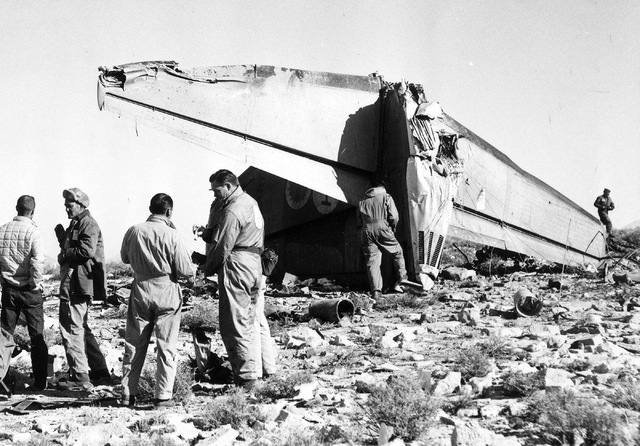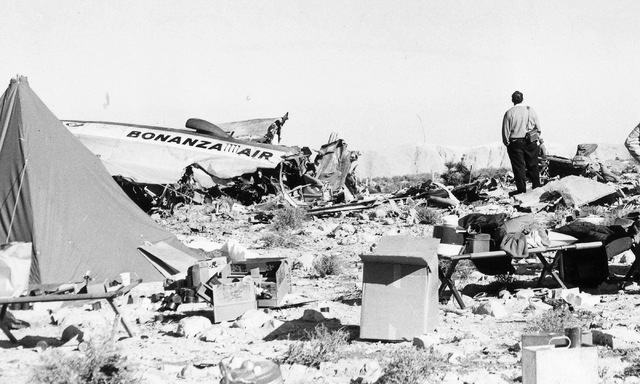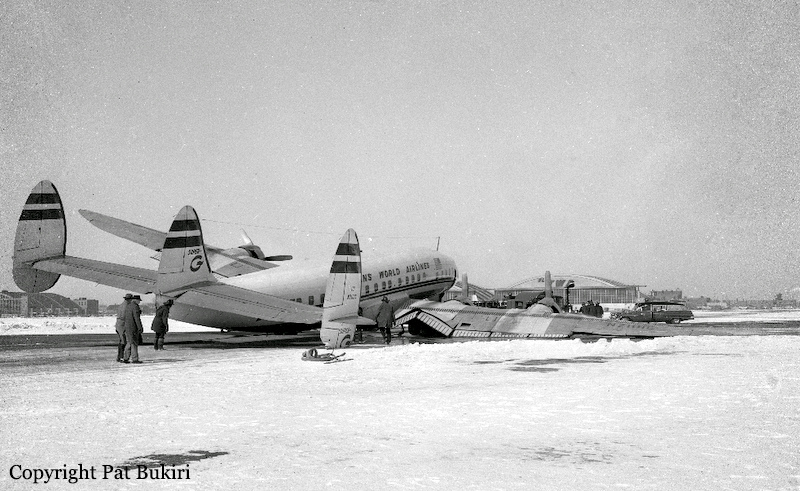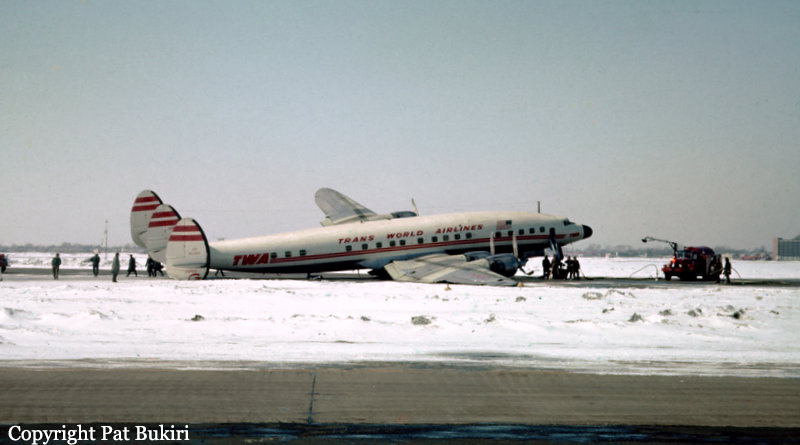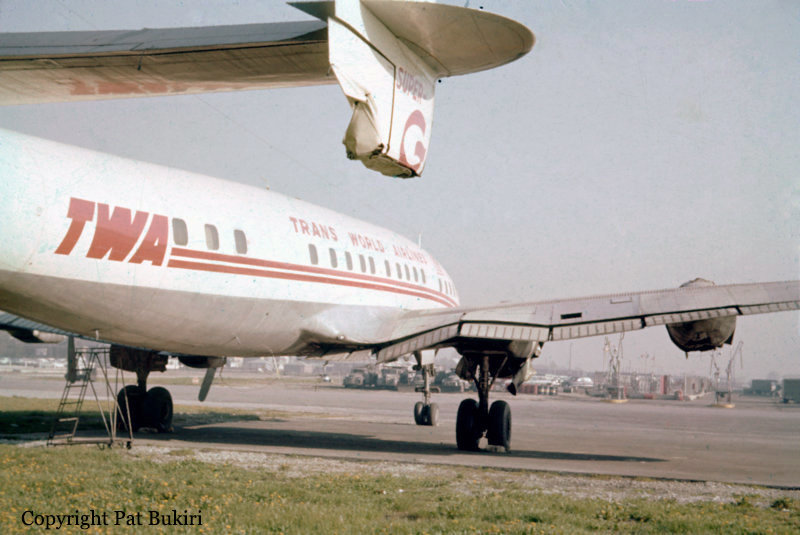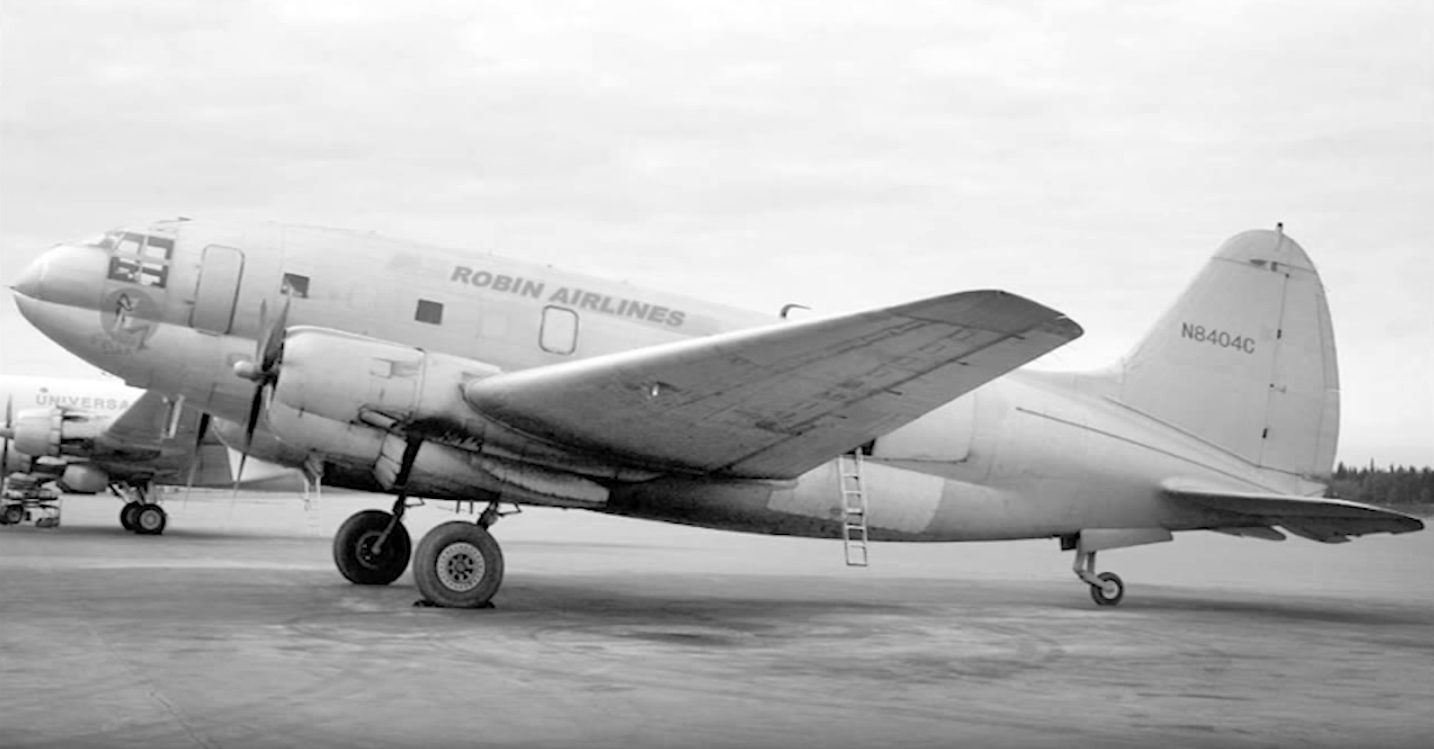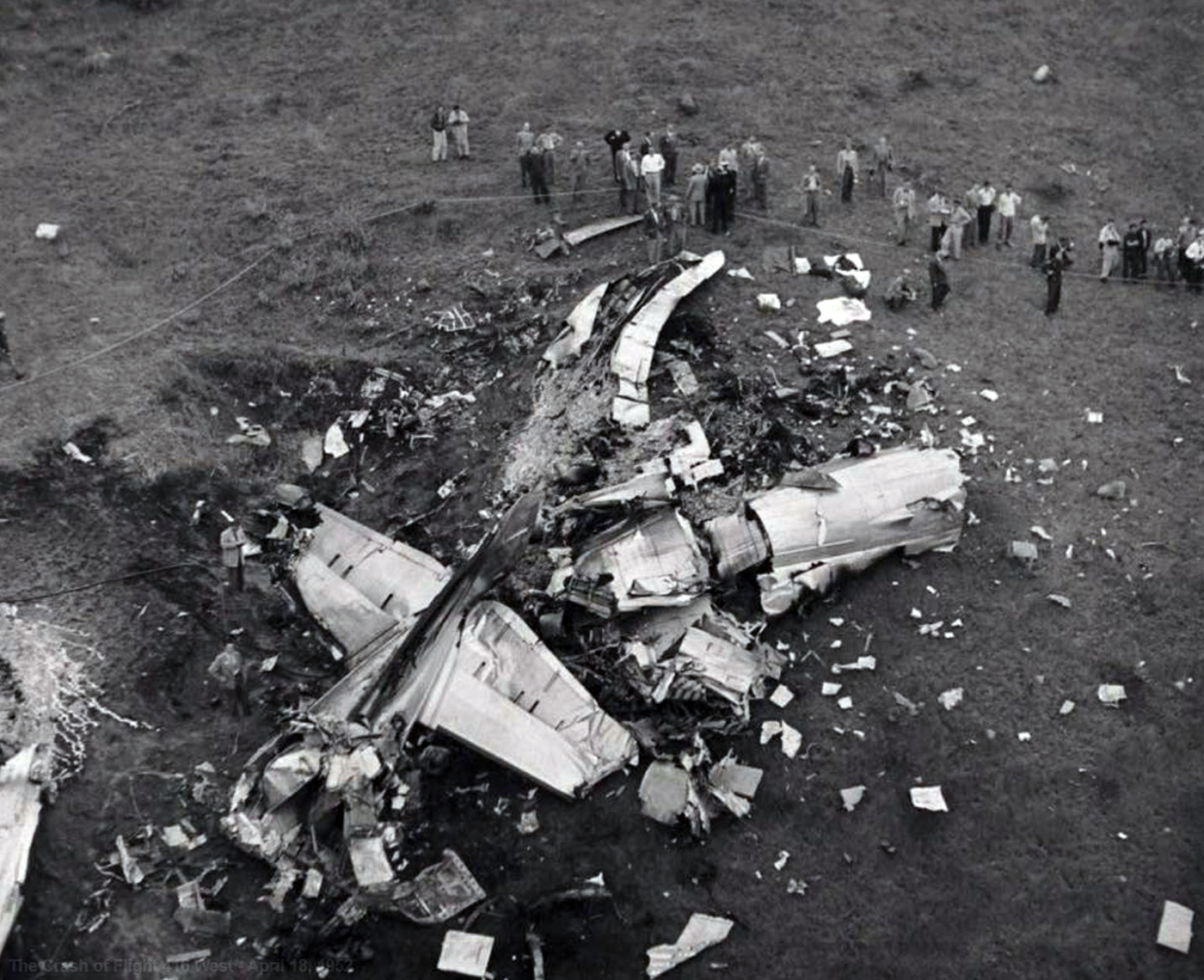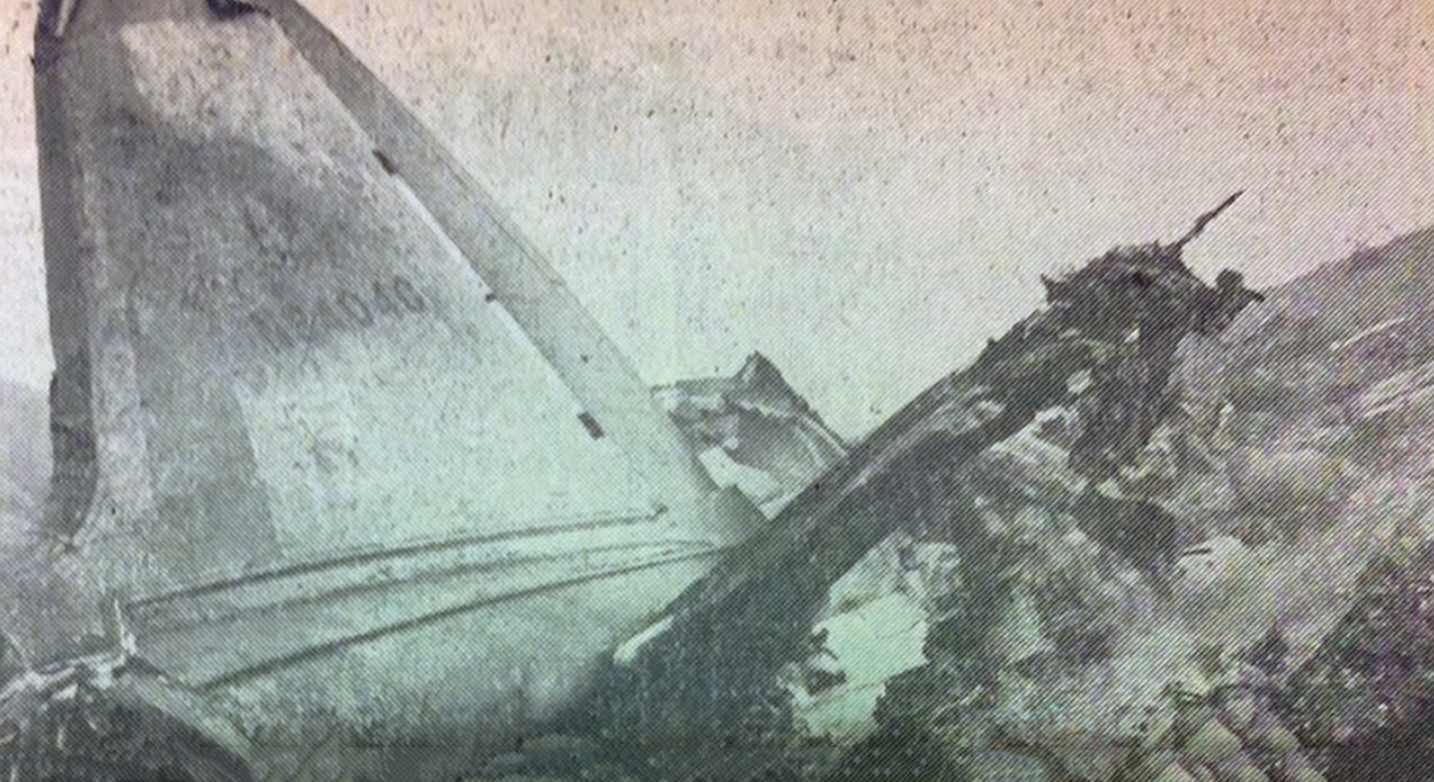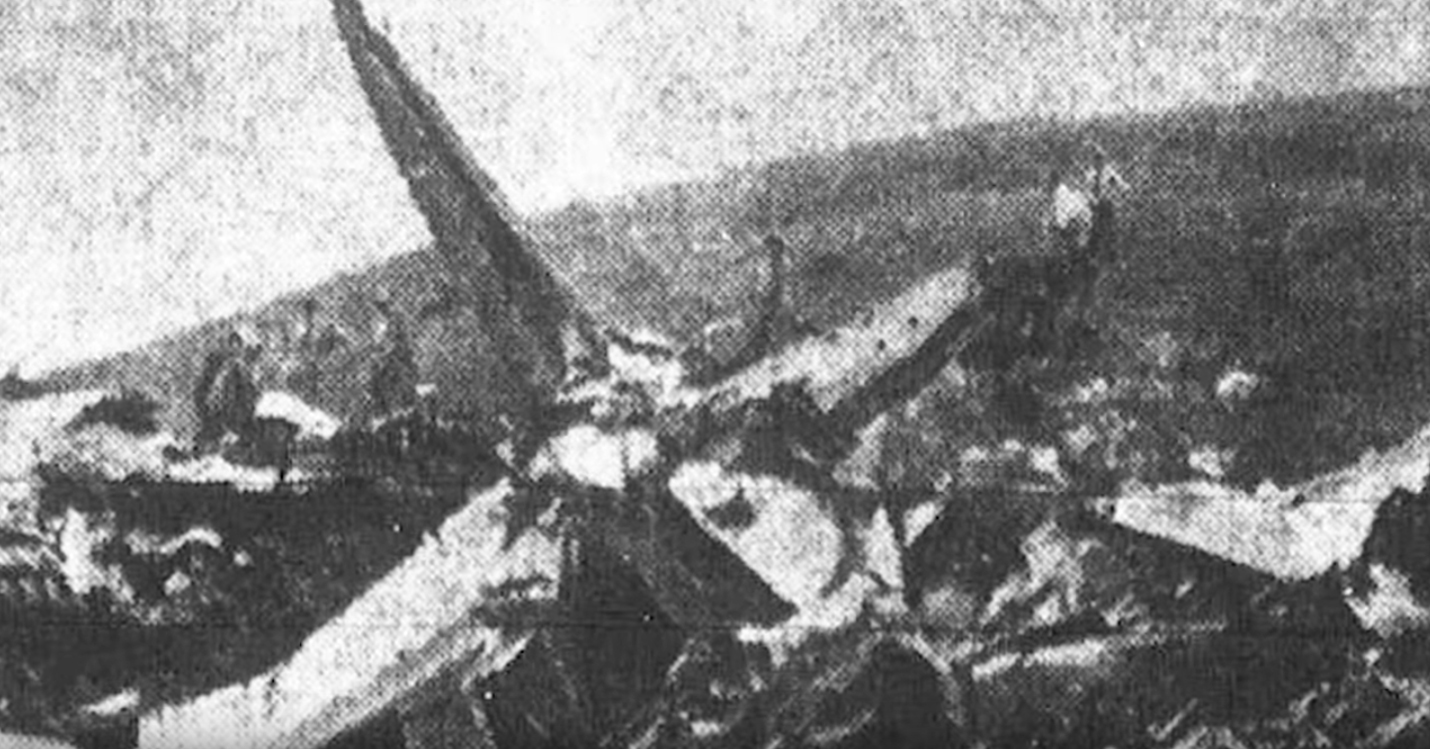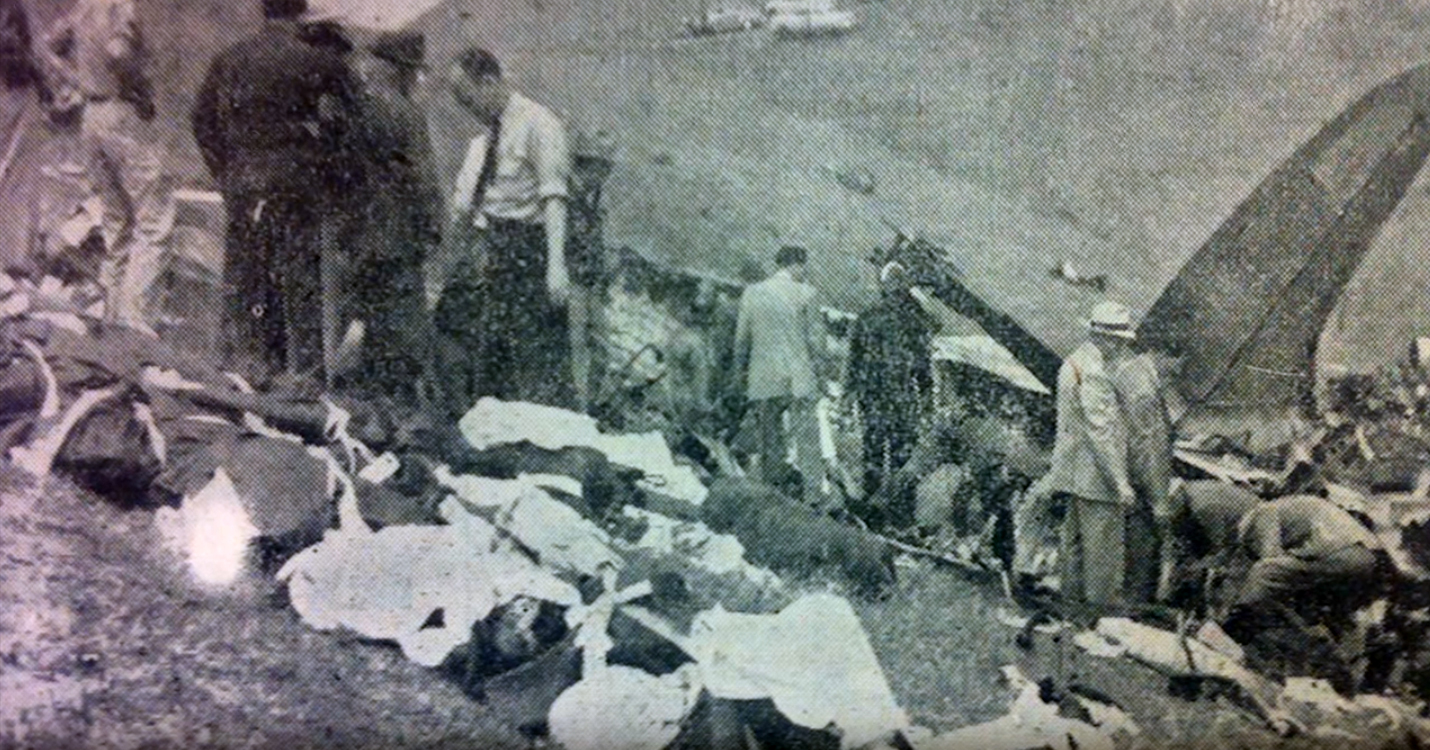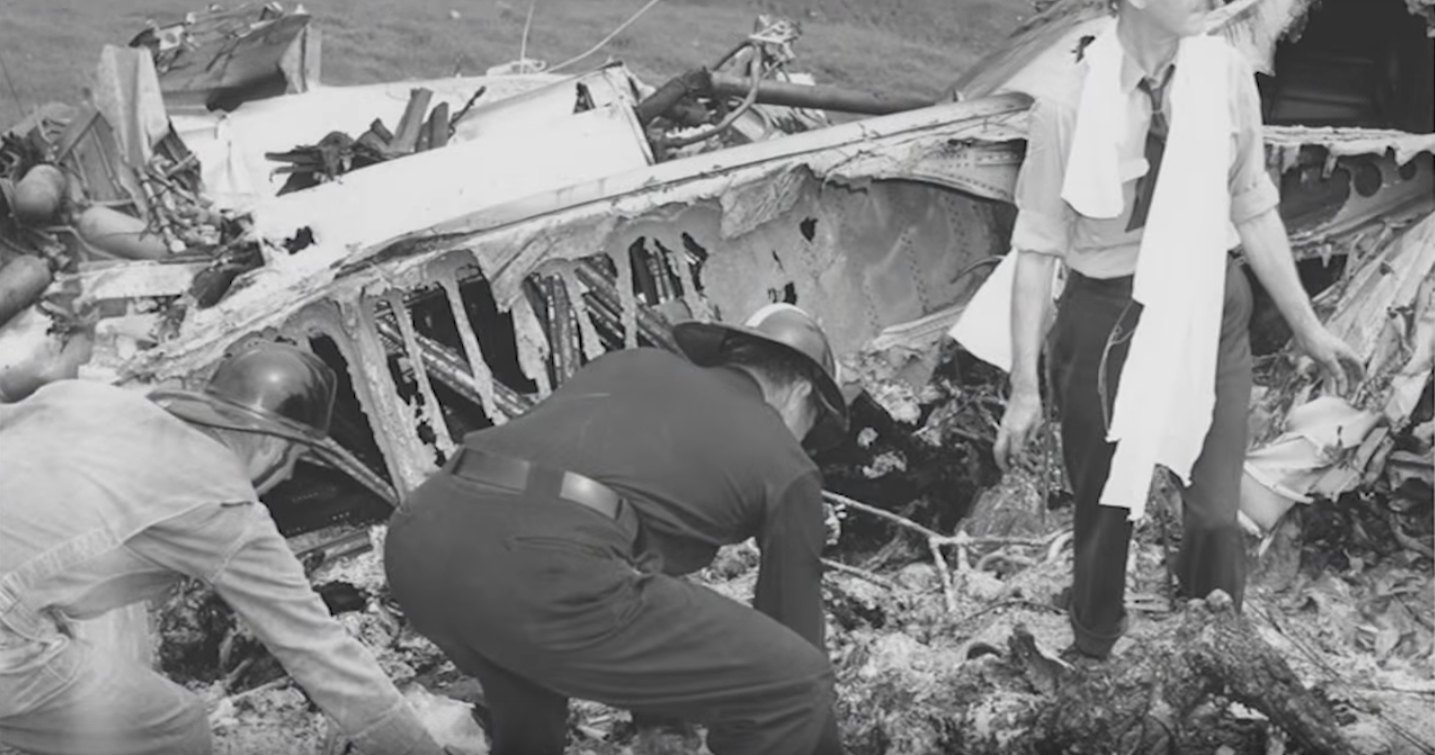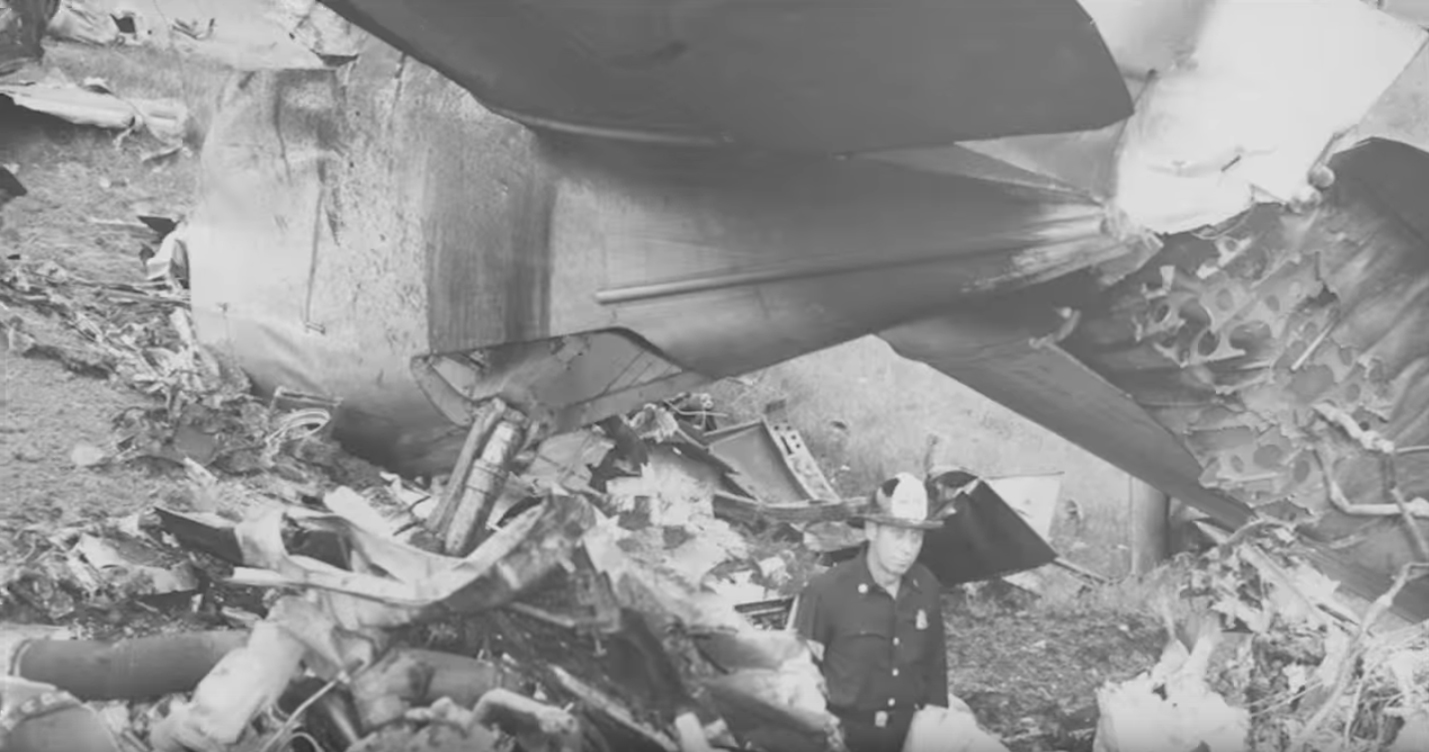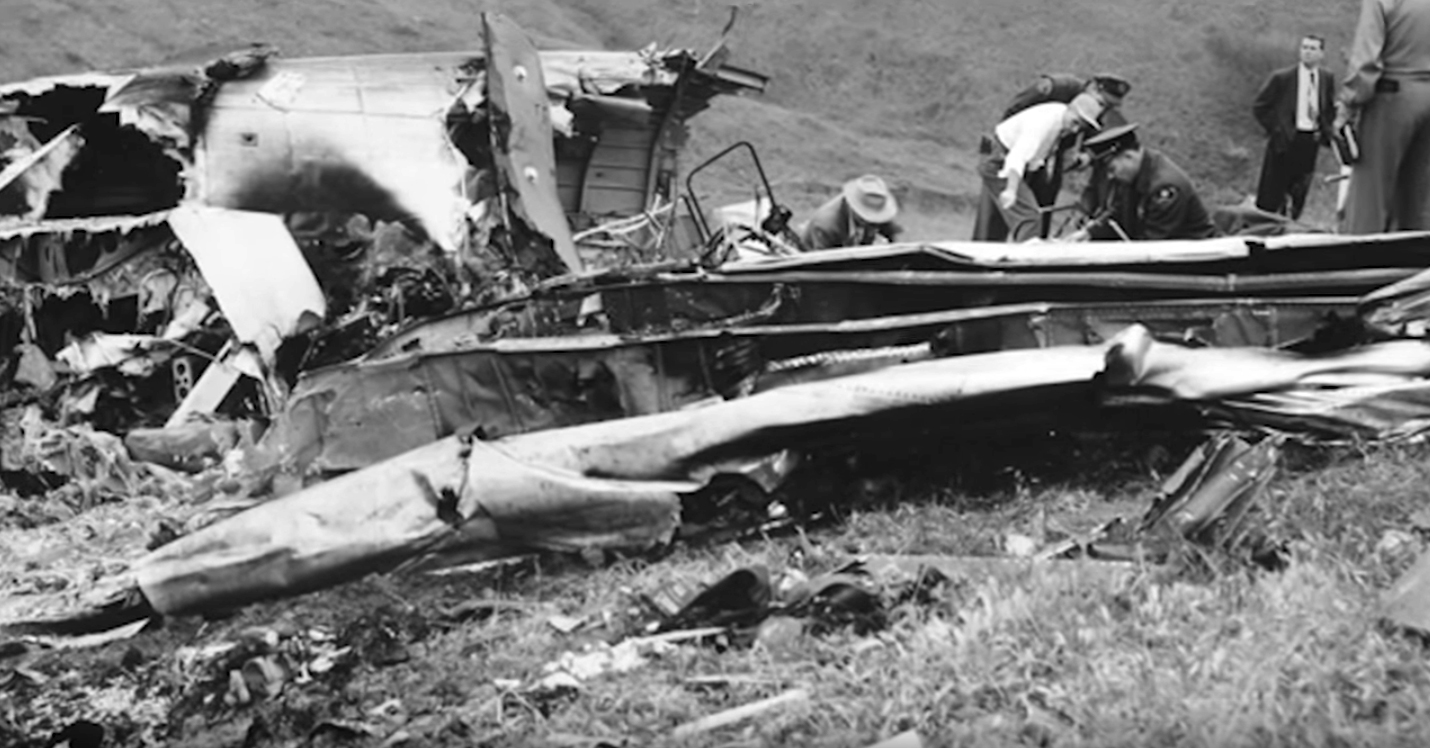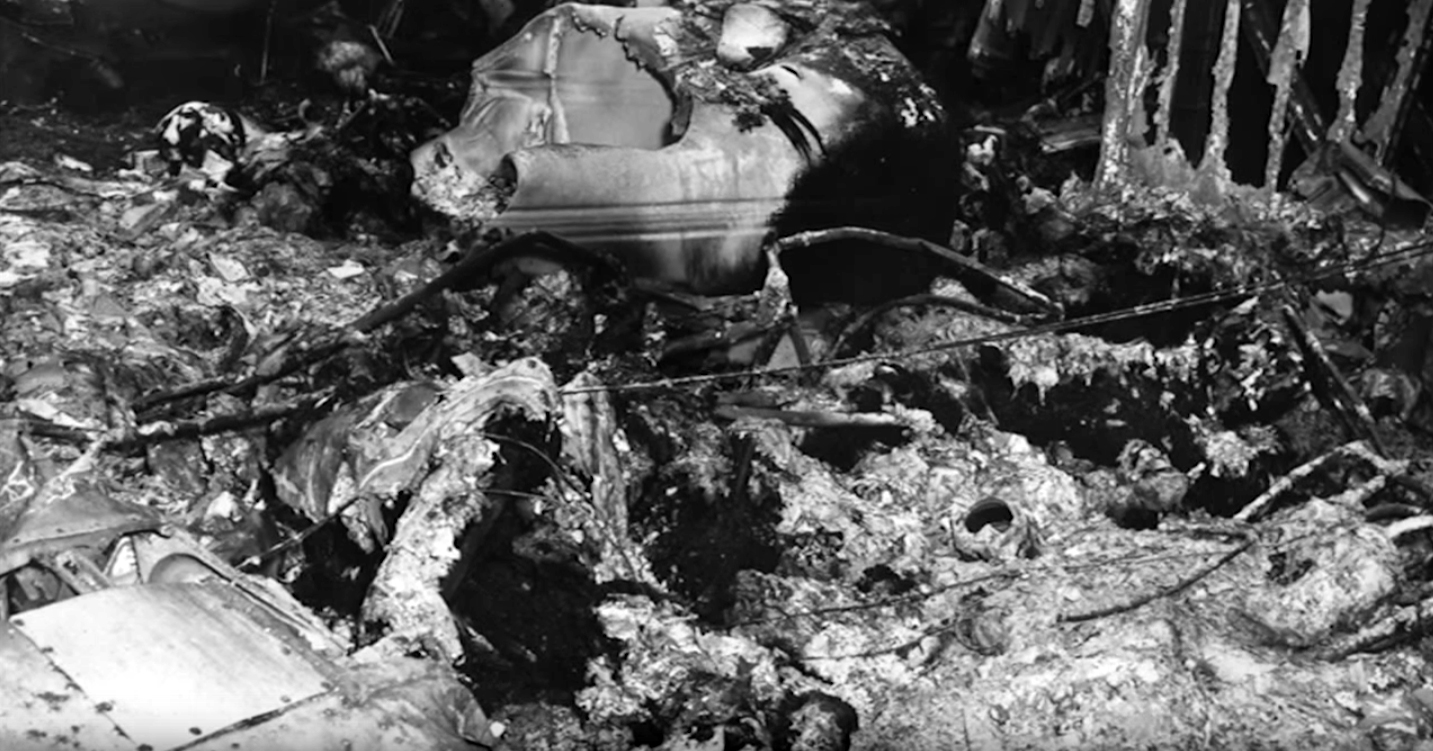Crash of a Cessna 402B in Elk City
Date & Time:
Jul 23, 1976 at 1445 LT
Registration:
N3775C
Survivors:
Yes
Schedule:
Phoenix - Elk City
MSN:
402B-0624
YOM:
1974
Crew on board:
1
Crew fatalities:
Pax on board:
2
Pax fatalities:
Other fatalities:
Total fatalities:
0
Captain / Total hours on type:
11.00
Circumstances:
On approach to Elk City Airport, both engines failed simultaneously. The pilot reduced his altitude and attempted an emergency landing off airport on land. The aircraft crash landed and came to rest in a field. All three occupants were injured, two of them seriously.
Probable cause:
Double engine failure caused by a fuel exhaustion. The following contributing factors were reported:
- Inadequate preflight preparation,
- Instructions misinterpreted.
- Inadequate preflight preparation,
- Instructions misinterpreted.
Final Report:




